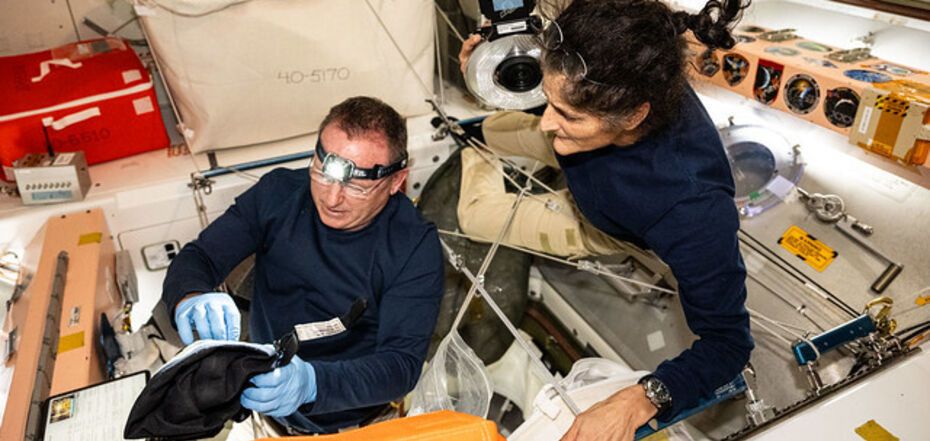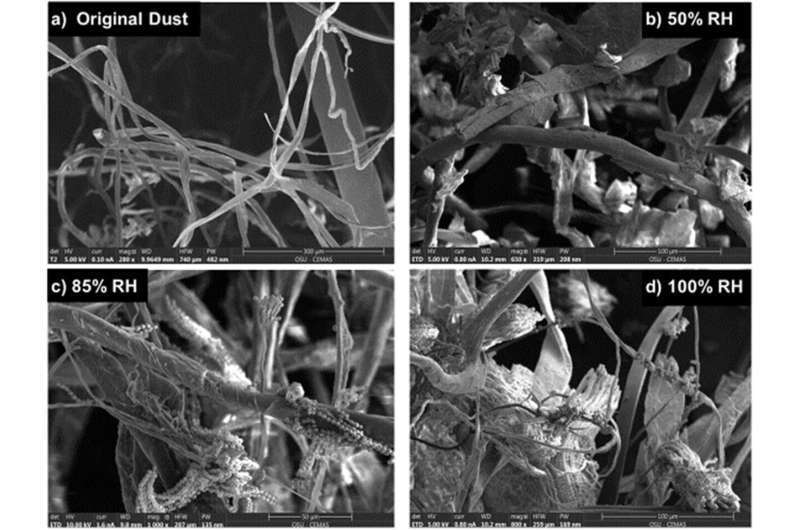News
Where does mold come from on space stations and how to prevent it?
The International Space Station (ISS), like Earth, is no stranger to mold. And although the climate inside the ISS is carefully controlled, if there is even a slight deviation, potentially dangerous mold can sprout overnight.
A new paper by researchers from The Ohio State University explains why these damp spots appear on the walls and how to prevent them. The main cause of mold is dust, writes UniverseToday.
Scientists emphasize that dust exposed to moisture, even for a short time, leads to a significant increase in the microbial population.
Astronauts regularly clean the nets that cover the air filtration system on board. The dust they collected from these screens formed the basis of the samples provided to Dr. Karen Dannemiller and her team of scientists.
The researchers divided the dust samples into different groups and exposed each to different amounts of moisture. They then observed how the microbes already in the dust did their work.
According to the scientists, dust on the ISS is naturally formed from dead human skin and, of course, microbes that live next to us every day. However, in a closed environment, a bacterial outbreak would cause even more serious reactions than on Earth, including allergies and asthma. Experts suggest that the dust and associated bacteria deteriorate the material structure of the station itself.
Running the collected samples through high humidity is intended to simulate a possible failure on the ISS, such as equipment malfunction. The failure of a fan in one part of the space station can create an environment similar to that to which dust is exposed on Earth.
Experts advise astronauts to understand where mold can form and follow cleaning schedules that will nip it in the bud.
Scientists emphasize that the study of mold growth on the ISS is important. After all, private spaceflight companies are increasingly involved in the development of space environments. And NASA is creating the ambitious Lunar Gateway to help with Artemis missions to the Moon. Closed, hermetic environments are important to keep potentially dangerous microbial foci at bay.
Only verified information is available on the OBOZ.UA Telegram channel and Viber. Do not fall for fakes!





























